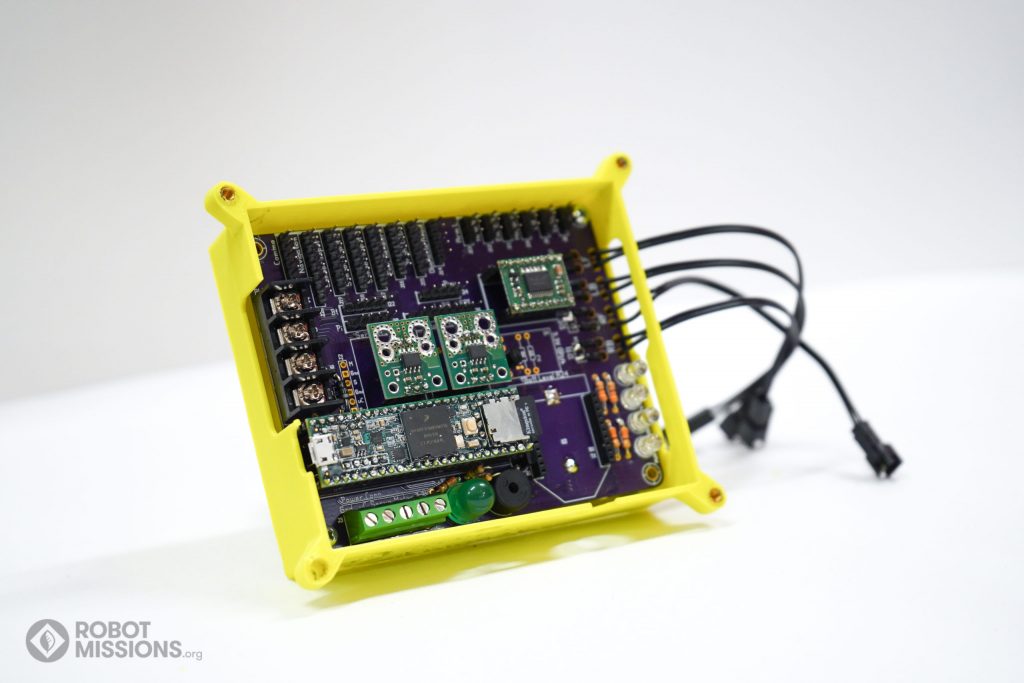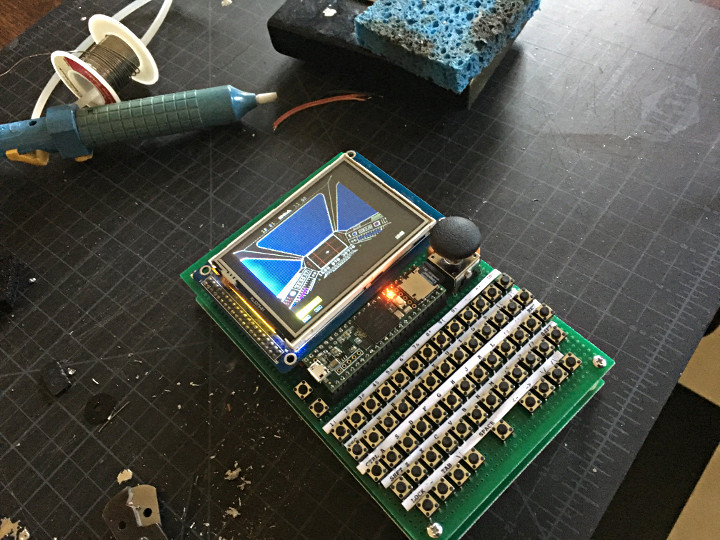Paris-based maker and musician Pierre-Loup M. has recreated the iconic 1970s Minimoog synthesizer to stunning detail using a Teensy 4.0 and the Teensy audio library.

In his project released on Hackaday, Pierre-Loup shares all the details behind the manufacturing of this DIY version of the Minimoog including laser cutting the modulation and pitch bend wheels to cutting the body out of a retired walnut dining room table. The keyboard itself is taken from an old Bontempi electric piano.

For those who would like to try their hand at making their own Minimoog, he has released the source code on Github for the Minimoog as well as the Minimoog Mega (versions 1 and 2). In an interview with Hackster, he mentions that his version of the synth “implements the same functions as the real one, plus or minus a few ones.” You can hear the Minimoog in action in a version of popcorn Pierre-Loupe posted to SoundCloud where all sounds are made by the synth aside from the drum effects.















